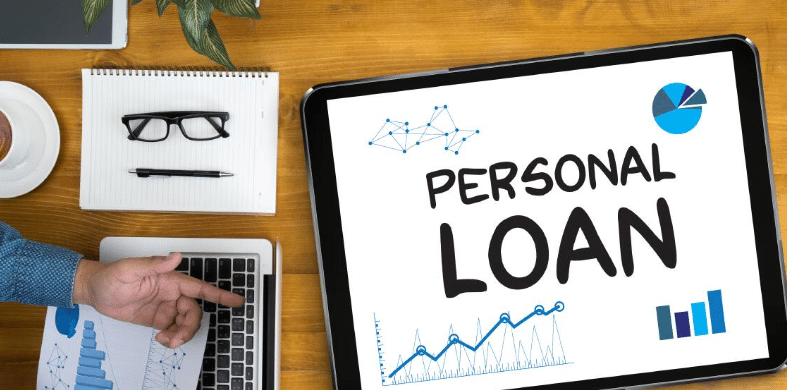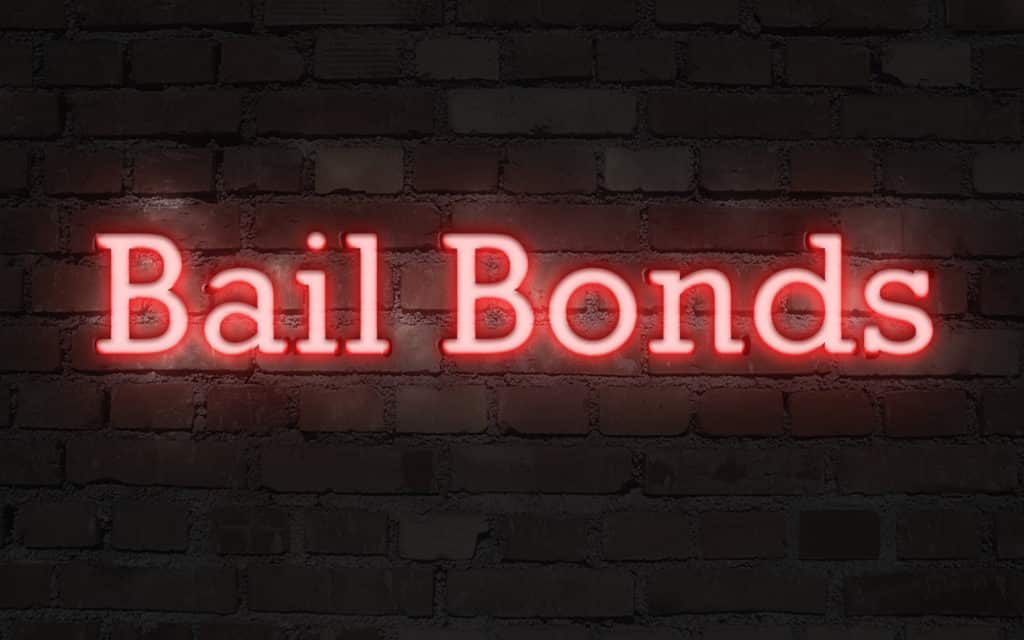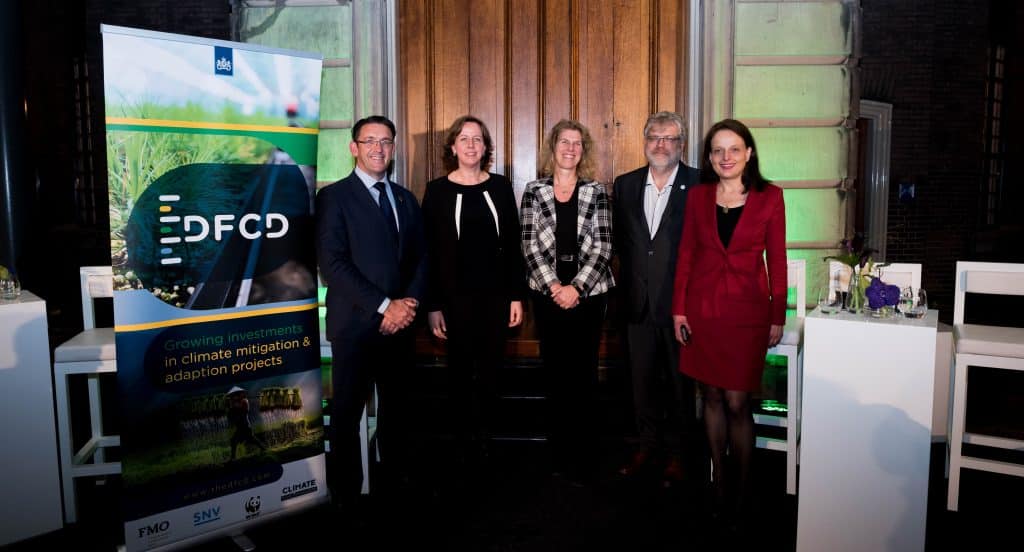Within the ever-fluctuating domain of personal finance, ingenious platforms such as hotapprove are redefining the traditional contours of lending. The stirring novelty is the capacity to procure a personal loan within an accelerated timeline, fundamentally revolutionizing the customary delay ingrained in loan sanctioning. Now, applicants can submit their forms online and could potentially get approval within sixty minutes, marking this platform as genuinely disruptive.

Hotapprove has been meticulously crafted to accommodate financial assistance to an extended range of aspirants. Notably contrasting with orthodox financial institutions, hotapprove does not call for a thorough investigation into credit history or income verification; hence it becomes a feasible alternative for individuals having less than sparkling credit backgrounds.
Adding another layer of allure to its appeal, hotapprove strategizes so that contenders receive optimal loan terms – making it appealing for those on the hunt for a personal loan. Contrary to traditional lending’s approach offering single flat interest rates, hotapprove harnesses dynamic models allowing customizations in interest rates based on individual profiles. This empowers even persons with mediocre credit scores access and compete for reasonable interest rates – eliminating the common hazard associated with towering interests tied up with poor credit.
In essence, hotapprove symbolizes tectonic shifts in personal finance by utilizing cutting-edge technology intending at streamlining otherwise bureaucratic aspects related to loan approvals.
Redefining Personal Loans in Today’s Economy
In the swirling economic climate, fresh inventive strategies re-imagine the personal loan concept. One such radical pathway is the virtual market for loans. A trailblazing platform in this sphere is HotApprove, which offers individuals a chance to apply for loans, regardless of their credit past. This gives hopeful borrowers an unprecedented opportunity to secure speedy loan approval within just sixty minutes, sans any invasive credit history scrutiny or income confirmation.
Furthermore, it makes it feasible for applicants to instantly gauge their rates without affecting their credit score. This characteristic harmonizes seamlessly with the openness policy of credible lenders involved in the marketplace scene. The borrower has full authority over deciding on both small and large loan amounts – providing them with flexibility when utilizing a personal loan for a range of financial necessities.
Simultaneously, lenders also offer peace-of-mind through fixed rate terms – ensuring consistent repayment structures throughout its duration. Bringing stability and simplifying fiscal planning for borrowers during the life-span of said loan term.
These conveniences carry transformative potential in reshaping the landscape of personal loans amidst our rapidly evolving economy.
HotApprove is The Evolution of Personal Loans
The dawn of virtual personal loans has morphed the lending sphere in a dramatic fashion, presenting an agility and simplicity that brick-and-mortar lenders often find challenging to match. The magic lies in sophisticated algorithms and Artificial Intelligence (AI) which allow digital platforms to assess a borrower’s plea for funds with such speed that approval can be granted within a mere 24 hours. This stands as a stark contrast to traditional loaning procedures known for their protracted timelines and intricate processes – quite burdensome from the borrower’s perspective.
Moreover, this new age of online personal loans boasts of introducing lenient credit checks, effectively eradicating apprehensions about negative impacts on one’s credit history.
However, the metamorphosis of personal loans isn’t solely confined within the realms of swiftness and efficacy but also extends its influence onto cost-effectiveness. A key component here is the Annual Percentage Rate (APR), acclaimed widely for being instrumental in determining borrowing costs. In this era dominated by online personal loans, borrowers are offered open-book APRs – laying bare not just minimum loan amounts but also providing clarity on eventual costs involved with borrowing.
What truly sets apart this tech-integration into lending practices is how it strives towards creating an ecosystem where every borrowing decision revolves around individual financial circumstances rather than adhering strictly to inflexible standard norms – marking yet another monumental shift in favor of borrowers.
Innovative Approaches to Personal Loan Approval Using HotApprove
In the swirling vortex of the financial ecosystem’s evolution, lenders are progressively harnessing the might of technology to streamline loan approval processes. A tangible manifestation of this innovation is epitomized in an avant-garde digital bazaar christened “hotapprove,” which has remarkably simplified what was conventionally a convoluted protocol for loan application.
This platform is ingeniously architected to dramatically accelerate loan approvals, typically clocking it within an hour from application – a definitive stride towards democratizing access to personal loans. An individual’s credit history does not impede their eligibility; they can apply and receive swift feedback, slicing through the labyrinthine red tape often associated with credit checks and income verification.
The blueprint for hotapprove consciously keeps borrowers at its epicenter, shaping a financial milieu underscored by expediency and convenience. The potent edge that this platform wields lies in its durability—offering loan funds adorned with fixed interest rates fostering transparency and predictability in repayment schedules.
Embracing a forward-thinking stance on handling personal loans, it aims to expand eligibility horizons allowing broader swathes of aspiring borrowers access to monetary support. It levels out the playing field for individuals yearning for fiscal aid, unshackled from traditional limitations inherent in approval procedures—ultimately reshaping contemporary norms governing personal financing.
Breaking Down the New Generation of Personal Loans
The digital revolution’s crest has ushered in a groundbreaking shift within the realm of personal finance – the advent of online personal loans. These cybernetic platforms have challenged established banking norms, forging an accessible pathway for potential loan applicants to prove their creditworthiness and swiftly navigate through a 3-step online loan application process. The dawn of this virtual era has seen these online arenas proffering tailor-made loan alternatives, speedy approval durations, and an untroubled lending experience. Such progressions signify a refreshing break from drudgery paperwork, tiresome queues, and unwieldy bank visits; they enhance not just the borrowing journey but also its overall aesthetic.
Moreover, e-platforms dedicated to personal loans such as Hotapprove are reconfiguring the competition terrain for borrowers with less than stellar credit histories. Contrary to traditional banking practices that demand prior income verification or credit checks, these platforms bypass such preconditions. They employ avant-garde algorithms and harness advanced data scrutiny techniques to evaluate an applicant’s propensity towards repaying their loans thereby revamping the conventional personal loan authorization procedure entirely.
These digital creditors even extend interest rate deductions despite having incredibly brief approval timeframes clocking in at under an hour! These unique characteristics inherent in next-gen personal loans have undeniably revolutionized the face of personal financing — effectively reinventing comfortability and accessibility paradigms for potential borrowers.
The Impact of Technological Advancements on Personal Loans
The dawn of the digital age has drastically restructured the pathway to acquiring personal loans, firmly placing fintech innovations at the helm. Once upon a time, attaining loan approval was akin to scaling an intimidating mountain; it was laborious and consumed an exorbitant amount of days purely for processing. Moreover, there wasn’t even a certainty of approval after all that waiting. However, with the arrival of cutting-edge technology on stage, this process has been accelerated exponentially.
Presently in our technologically advanced era, due to leaps made in direct deposit technologies, one can receive their loan amounts not just swiftly but sometimes within twenty-four hours post-approval! This paints a striking contrast to bygone days when borrowers were ensnared in endless waits before they could access much-needed funds—truly reflecting how convenience now rules over tediousness.
A further ripple effect caused by these technological tidal waves on personal loans is seen through a gradual shift towards more personalized options for borrowers—a trend spurred by growing competition among lenders vying to roll out irresistibly attractive deals. Machine learning and AI algorithms have become today’s Sherlock Holmes—they don’t merely skim credit scores or reports but probe deep into each individual’s financial habits.
Consequently, certain applicants may uncover that they are eligible for lower interest rates than what traditional credit checks might grant them—an unexpected yet welcome revelation. This refined level of specificity paves way towards greater fairness and exclusivity in the loan approval market—it leaves no stone unturned in its quest to shower borrowers with best possible offers.
Benefits of the Changed Personal Loan Approvals
Personal loan endorsement transformations have sparked a cascade of advantages for both individuals possessing commendable credit scores and those without. A strikingly obvious merit is the birth of reduced rates – an offspring of the fiercely competing financial terrain compelling lenders to dangle enticing rates to retain their customer base. Shrunken rates translate into diminutive interest payments spanning across the lifespan of the loan, birthing substantial savings for borrowers. This grants consumers access to required funds minus weighty interest costs.
Moreover, modernized loan approval mechanisms grant increased elasticity concerning loan security measures. In bygone times, securing a loan necessitated pledging an asset of considerable worth – think property or deposit account. However, with the advent of novel systems, borrowers might seize opportunities to procure a secured loan; here, a simple deposit account dons collateral’s role. Consequently, even individuals whose credit scores are far from gleaming can secure credit approval. Such pioneering approaches not only extend financial inclusion but also strengthen responsible lending’s foundation.
HotApprove is The Future of Personal Loans
The landscape of personal loans has been dramatically altered by the progression of technology, with new-age lending platforms such as hotapprove injecting a novel approach to the loan approval process. Historically, one seeking financial assistance for significant purchases was subjected to an arduous and occasionally taxing approval procedure. With hotapprove on the scene, that no longer needs to be part of your narrative.
Even those whose credit histories might not paint them in the best light stand a chance at approval since there’s just a soft credit inquiry which doesn’t inflict further harm on their score.
Another vital facet of this contemporary lending platform is its remarkable speed; it’s quite common for users to see money land in their accounts within an hour from application time. This swift allotment of funds is indeed groundbreaking, particularly beneficial for those caught up in fiscal emergencies.
In place of navigating through antiquated and clunky channels for securing a loan, these platforms pave the way towards obtaining necessary funds swiftly and proficiently. Do remember though that your final loan terms will mirror your individual circumstances and repayment abilities – ensuring that you’re never overwhelmed by your financial obligations.
How to Navigate through the New Age of Personal Loans
In the swirling vortex of modern technology, personal loan dynamics are undergoing a profound metamorphosis. The once steadfast tenets of traditional loan acquisition have been swept away by the relentless tides of today’s fiscal climate. Amid this turbulence, ‘Hotapprove’ emerges as an online haven, streamlining the labyrinthine process and offering swift loans within a fleeting one-hour window.
Shockingly enough, in this new world order factors like tarnished credit histories that would traditionally tarnish your chances for approval now hold lesser sway.
These digital platforms have embarked on a bold journey into innovation to aid users in their quest for financial sustenance. Traditional loan marketplaces can often be akin to navigating through stormy seas – daunting and treacherous; but these online sanctuaries has calmed those choppy waters by paring down intrusive documentation and simplifying the once gruelling approval process.
Particularly noteworthy is ‘Hotapprove’, which has ingeniously integrated features that serve those who find themselves in sudden need of monetary aid, regardless of their credit rating or income levels.


